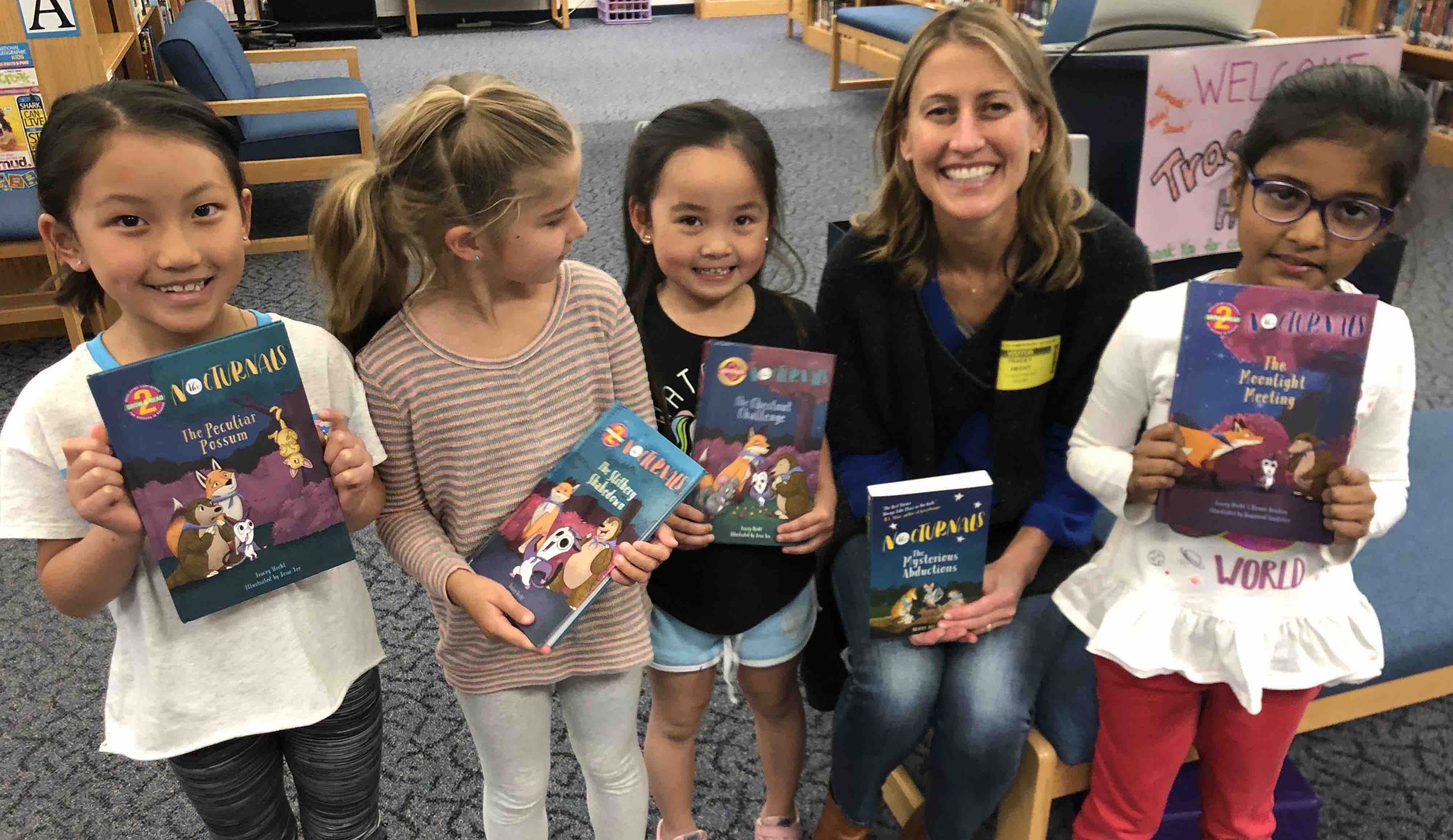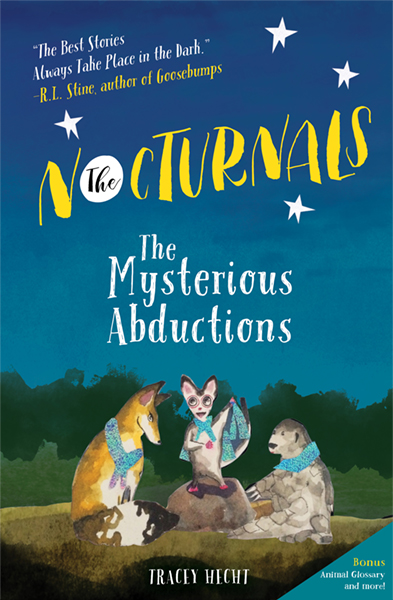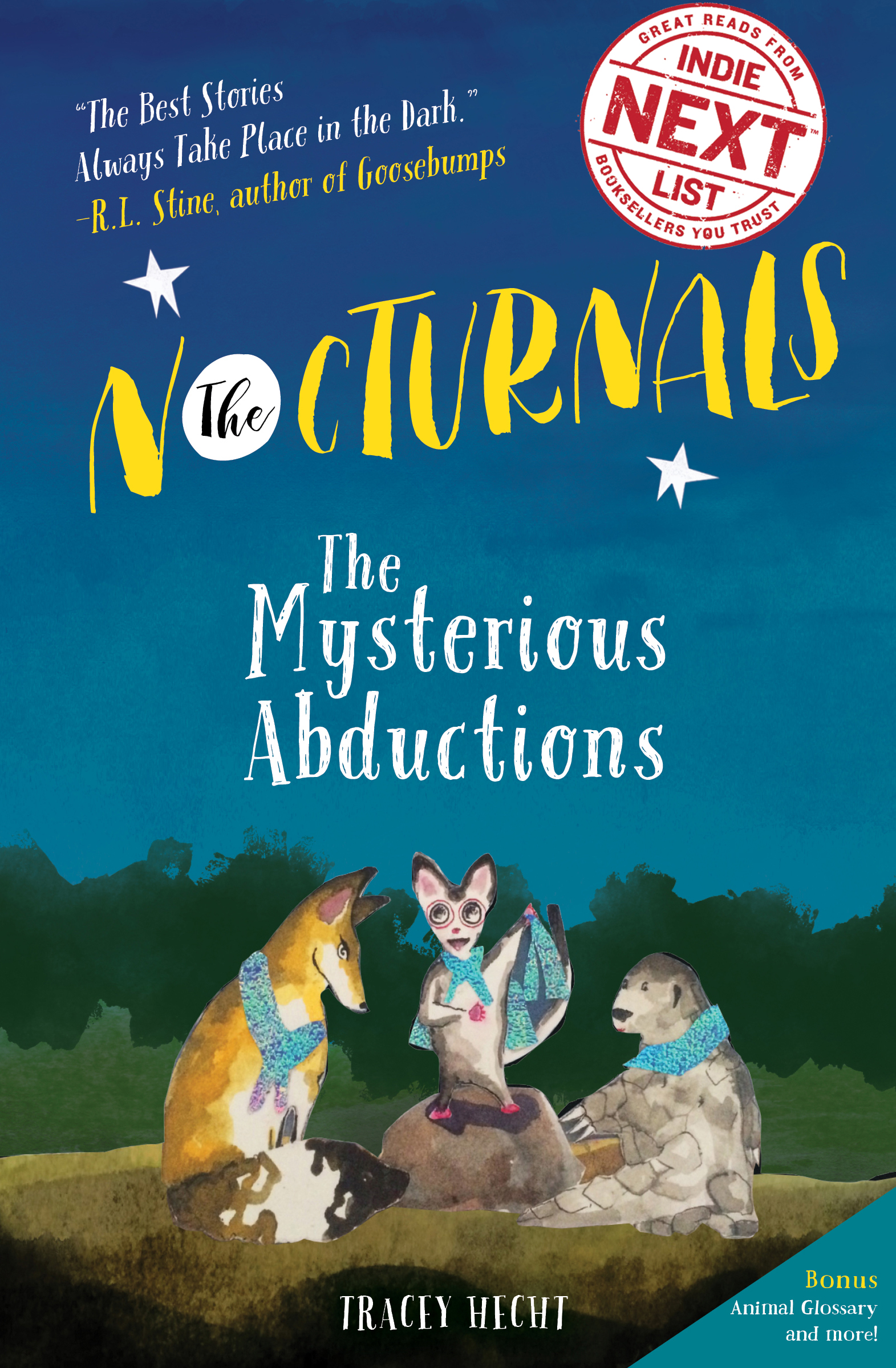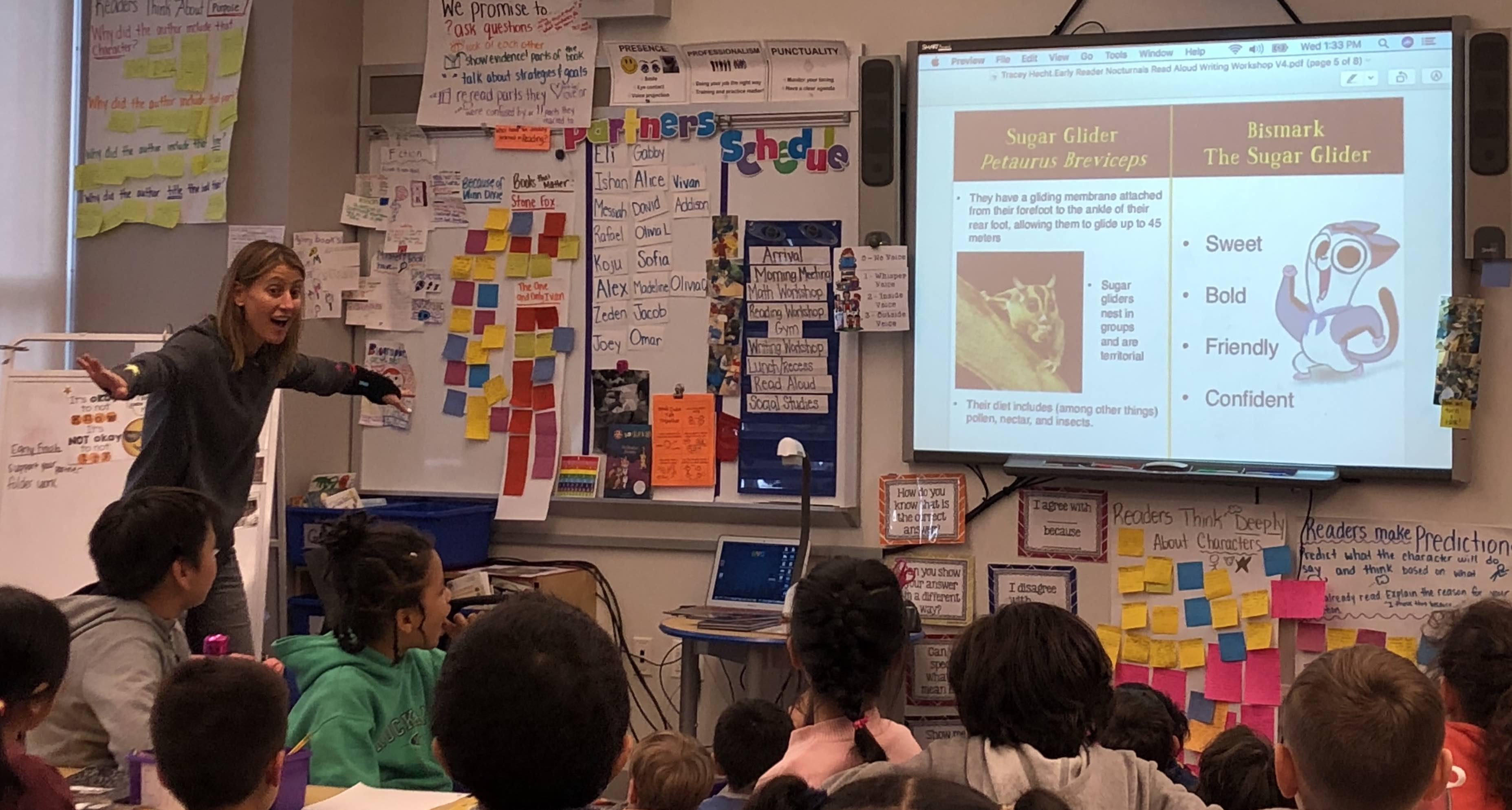Exploring Emotions and Behavior Through Stories
by Tracey Hecht , in Hands-On Activities
, Parents & Caregivers
, Free Printables
, SEL / Social Emotional Learning
, Educators

Stories can be a wonderful place for children to identify and engage in social-emotional learning.
Social-emotional learning is something we are hearing people talk more about, but what does it mean, really? I have a colleague who says, “Social-emotional learning is just learning.” And she’s right. The Collaborative for Academic, Social, and Emotional Learning (CASEL) defines it partially as the ability to acquire and effectively apply the knowledge, attitudes, and skills necessary to manage emotions, set and achieve positive goals, and feel and show empathy for others. The development of these abilities allows for deeper self-awareness and social awareness and enables individuals to have less emotional stress, more positive social behavior, and better academic outcomes. Who doesn’t need those skills today?!
As a parent and also the writer of The Nocturnals, a series of middle grade and early reader books, I have witnessed firsthand how stories can be a wonderful place for children to identify and engage in social-emotional learning and dynamics—not only positive dynamics but a wide range of behavior. The modeling of good behavior is of course valuable, but the demonstration of imperfect behavior and unpredictable dynamics is perhaps equally valuable. Kids see characters in situations that they can relate to and follow their successes and failures, challenges, and unpredictable dynamics that lend insight into their own lives.
 In one of my middle grade books, The Mysterious Abductions, several animals go missing with little or no explanation, and ultimately find themselves in an unknown, underground world. The protagonists of the book must navigate those unknowns in that underground world and face unpredictable challenges that arise from their pursuits. My protagonists demonstrate strength and fear, valor and insecurity, tenacity and avoidance. The same behaviors many of us are experiencing in our current lives.
In one of my middle grade books, The Mysterious Abductions, several animals go missing with little or no explanation, and ultimately find themselves in an unknown, underground world. The protagonists of the book must navigate those unknowns in that underground world and face unpredictable challenges that arise from their pursuits. My protagonists demonstrate strength and fear, valor and insecurity, tenacity and avoidance. The same behaviors many of us are experiencing in our current lives. I consult with Nisba Husain, a child psychiatrist, who agrees. She recommends that we help our children tolerate their full spectrum of experiences and feelings and that we help them understand it is in our nature to feel fear, frustration, even anger. As a society we need to acknowledge these feelings, especially in these times, not only because these feelings are so pervasive, but also because they are the building blocks upon which we find strength, adaptability, and perseverance in ourselves.
We have perhaps never been so ‘in-it-together’ with our kids as we are right now.
Kids are smart. They see and are aware of the times we live in and how adults are reeling in the same way they are. We have perhaps never been so ‘in-it-together’ with our kids as we are right now. Using characters and books to encourage conversation and to provide insight into how to develop social-emotional learning principals would be valuable to children during any year of their lives, but it’s especially important right now.
Start the conversation today with The Nocturnals Social Emotional Learning (SEL) Guide.
Start the conversation today with The Nocturnals Social Emotional Learning (SEL) Guide.



